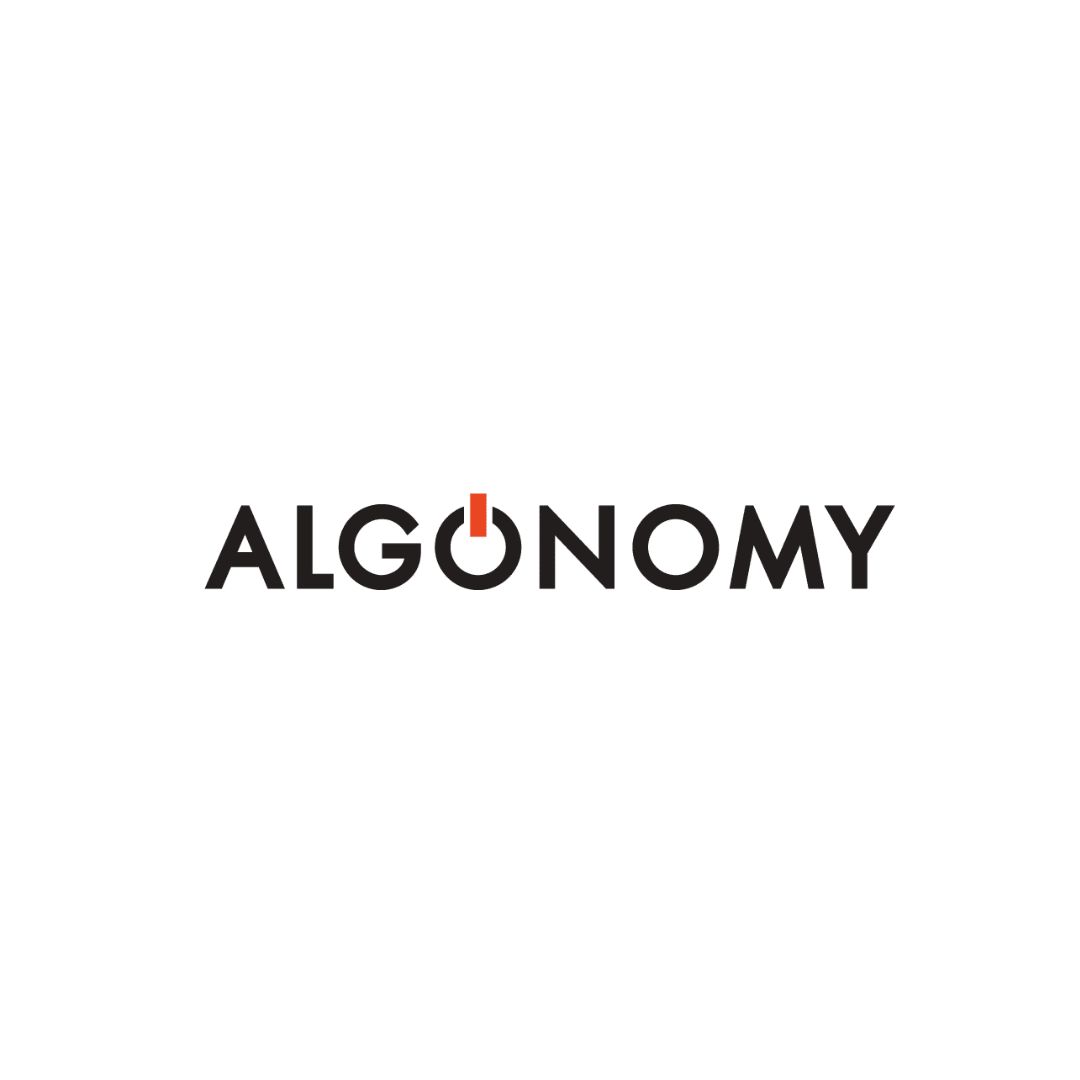In the rapidly evolving world of blockchain and cryptocurrencies, Initial Coin Offerings (ICOs) have maintained their relevance as a go-to method for fundraising in the decentralized economy. While the ICO boom of 2017-2018 revealed the disruptive potential of token-based fundraising, it also highlighted critical issues: a lack of regulatory oversight, a high incidence of fraud, and security lapses that compromised investor trust. Fast forward to 2025, and the landscape has matured significantly.
Today, launching a successful ICO development is not only about technical execution or marketing—it’s about building a secure, compliant, and transparent ecosystem that aligns with global regulatory standards while delivering genuine utility. This article provides a comprehensive, step-by-step guide to building a secure and compliant ICO in 2025, exploring legal frameworks, smart contract security, investor protection, and strategic considerations for long-term success.
1. Define a Viable Business Model and Token Utility
Before any legal documentation or code is written, the ICO project must start with a solid foundation—namely, a viable business idea with clear token utility.
Key Considerations:
-
Problem-Solution Fit: What problem does your project solve? Is blockchain the most effective solution?
-
Token Utility: Clearly define the role of your token. Is it a governance token, utility token, or security token?
-
Market Differentiation: Analyze competitors. What makes your token or project unique?
In 2025, investors are far more discerning than in the early ICO days. Utility must be clearly justified—not just in whitepapers, but in real-world use cases. For example, projects like Filecoin succeeded because their tokens had tangible utility in decentralized storage transactions, incentivizing both supply and demand.
2. Comply with Regulatory Requirements
Regulatory compliance is no longer optional. With increased scrutiny from financial regulators worldwide, ignoring legal frameworks can result in heavy penalties or complete shutdowns.
Jurisdictional Considerations:
-
Know Your Jurisdiction: Determine where the ICO will be launched. Regulations in the U.S. (SEC), Europe (MiCA), and Asia (MAS, FSA) differ substantially.
-
Security vs. Utility Token Classification: Many jurisdictions now use the Howey Test or equivalent standards to classify tokens. Security tokens must comply with securities laws, including investor caps and registration.
-
MiCA (Markets in Crypto Assets Regulation) in the EU: Enforces licensing, governance, and transparency for ICOs operating in or serving the European market.
-
SEC Regulations (USA): Security tokens must register or file an exemption. Projects like Telegram’s TON ICO illustrate how non-compliance leads to major setbacks.
Steps for Legal Compliance:
-
Hire a Legal Advisory Team: Preferably with experience in crypto-specific compliance.
-
Conduct a Token Classification Test: Determine the legal nature of your token.
-
Draft Legal Documents:
-
Whitepaper (with risk disclosures)
-
Token Purchase Agreement
-
Privacy Policy and Terms of Use
-
-
Register or Notify Authorities: If required under national laws.
The cost of legal compliance can run into tens of thousands of dollars, but it’s essential for long-term viability and investor trust.
3. Establish a Secure Smart Contract Infrastructure
At the core of every ICO lies the smart contract—a self-executing code that handles token distribution, fund collection, and transactional logic. Smart contract vulnerabilities have led to millions in losses in previous ICOs.
Smart Contract Security Best Practices:
-
Choose Battle-Tested Frameworks: Use secure development frameworks such as OpenZeppelin for ERC-20/721 token standards.
-
Implement Role-Based Access Control: Avoid hardcoding owner privileges or unrestricted admin access.
-
Audit Before Deployment:
-
Conduct independent security audits from third-party firms.
-
Run formal verification tools like Certora or MythX.
-
-
Add Circuit Breakers: Implement functions to halt ICO in emergencies (e.g., unexpected token minting, gas spikes).
-
Test Extensively: Use testnets and conduct bug bounty programs through platforms like HackerOne or Immunefi.
Example: DAO Hack Lesson
The 2016 DAO hack resulted in $60 million in ETH being siphoned due to recursive call vulnerabilities. This infamous breach spurred a blockchain fork and highlighted why security should never be an afterthought.
4. Implement KYC/AML Mechanisms
Know Your Customer (KYC) and Anti-Money Laundering (AML) procedures are now mandatory in nearly all jurisdictions conducting ICOs. Failure to implement these can not only block access to regulated exchanges but lead to legal actions.
Key Steps:
-
Select a Trusted KYC Provider: Integrate APIs from vendors like Jumio, Shufti Pro, or IdentityMind.
-
Collect Investor Information Securely:
-
Full name, address, date of birth, government-issued ID
-
Conduct background checks for high-risk jurisdictions
-
-
Data Protection Compliance: Ensure GDPR compliance in the EU or equivalent data protection laws elsewhere.
While adding KYC may reduce anonymity, it dramatically improves credibility with institutional and retail investors alike.
5. Design a Transparent Tokenomics Model
A successful ICO isn’t just about raising funds—it’s about sustainability, fairness, and aligning incentives.
Tokenomics Essentials:
-
Total Supply and Distribution:
-
Percentage allocated to founders, team, advisors, treasury, and public sale.
-
-
Vesting Schedules:
-
Prevent rug pulls by implementing vesting periods for the team and early investors.
-
Typical: 1-year cliff, 3-4 years vesting.
-
-
Burn and Buyback Mechanisms: To manage token supply and inflation.
-
Use of Funds Allocation:
-
Product development, marketing, legal, reserves, operations
-
Transparency is key. Publish a Tokenomics Report with graphs, tables, and lockup schedules. Investors appreciate detailed financial modeling backed by logic.
6. Create a Legally Sound Whitepaper
The whitepaper serves as your project’s manifesto. In 2025, this document must go beyond marketing fluff—it must be technically and legally sound.
Core Elements:
-
Problem Statement & Solution
-
Architecture and Tech Stack
-
Token Utility and Economics
-
Roadmap with Milestones
-
Legal Disclaimers and Risk Factors
-
Team Bios and Advisors
Include references, links to GitHub, diagrams, and risk mitigation strategies. Treat it like a hybrid between a business plan and a legal prospectus.
Real-World Benchmark:
Polkadot’s whitepaper is often cited for its technical depth and clarity, serving as a gold standard.
7. Build a Multi-Channel Marketing Strategy
A compliant ICO still needs traction. With bans on crypto advertising in some regions, ICOs must use creative, trust-building marketing strategies.
Recommended Channels:
-
Content Marketing: Publish insightful articles on Medium, Hackernoon, and crypto news sites.
-
Influencer Marketing: Partner with verified industry voices—not paid shills.
-
Community Building: Actively engage on Discord, Telegram, X (formerly Twitter), and Reddit.
-
Email Campaigns: Use gated downloads and KYC registration to grow a verified email list.
-
SEO and PR: Secure features on trusted outlets like CoinDesk, The Block, and CryptoSlate.
Avoid overhyping. Focus on education, utility, and long-term value. Projects like Chainlink built momentum through consistent, value-driven messaging and developer engagement.
8. Secure Funds with Multi-Sig Wallets and Custody Solutions
Securing raised capital is a crucial post-ICO responsibility. Numerous projects have lost funds due to poorly managed wallets.
Secure Fund Management Tactics:
-
Use Multi-Sig Wallets: Require 2-of-3 or 3-of-5 multisig authentication to approve transactions (e.g., Gnosis Safe).
-
Cold Storage for Large Sums: Store a majority of funds in offline wallets.
-
Segregated Wallets: Maintain separate wallets for development, legal, and reserves.
-
Custodians: For security tokens or larger amounts, engage regulated custodians like BitGo or Fireblocks.
9. Ensure Post-ICO Compliance and Reporting
A compliant ICO doesn’t end with the token sale. Post-ICO activities are just as important to maintain regulatory and community trust.
Essential Tasks:
-
Financial Transparency: Periodic fund usage reports with proof-of-use.
-
Roadmap Execution Updates: Regular updates via blog, newsletters, and AMAs.
-
Token Listing Strategy:
-
Approach centralized exchanges with due diligence packages.
-
Explore decentralized listings (Uniswap, PancakeSwap) for early liquidity.
-
-
Ongoing Legal Filings: Annual disclosures, if required by regulators.
10. Audit and Future-Proof the Project
Finally, the best ICOs constantly evolve. Conduct post-mortem audits, gather feedback, and update smart contracts and governance frameworks as needed.
Future-Proofing Strategies:
-
Governance Mechanisms: Implement DAOs or token-holder voting to decentralize control.
-
Scalability Plans: Explore Layer-2 or cross-chain integrations.
-
Compliance Upgrades: Track evolving laws (e.g., EU’s AMLA regulations or new SEC rulings).
Final Thoughts
Building a secure and compliant ICO in 2025 is a sophisticated endeavor that requires interdisciplinary coordination—technology, law, marketing, and community engagement must work in sync. The era of unchecked ICO Development Services launches is over. Today’s investors demand transparency, accountability, and utility.
Projects that can demonstrate robust compliance, secure infrastructure, and real-world use cases are best positioned to thrive. As the blockchain ecosystem matures, ICOs remain a powerful tool—but only for those who take the time to do it right.






